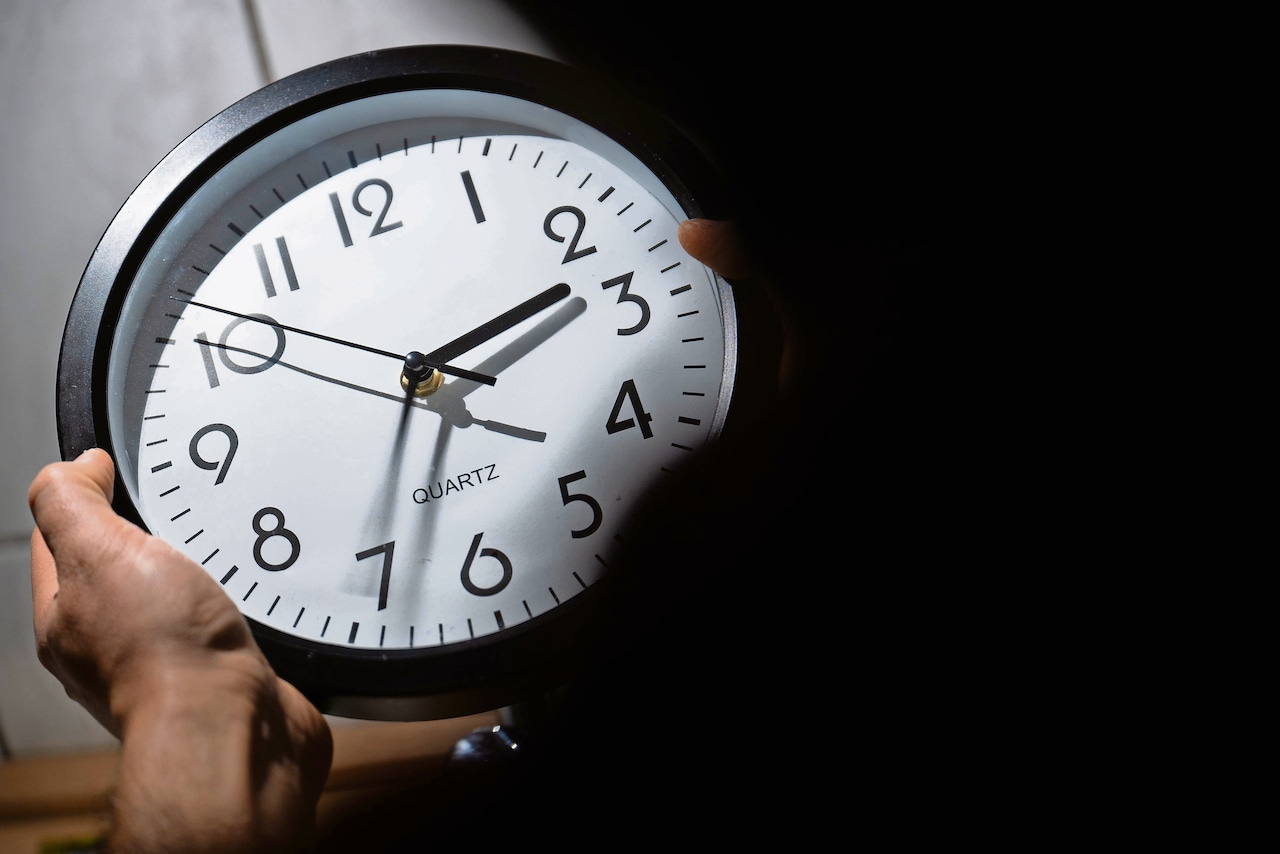
Tick-tock, tick-tock … it’s that time again — time to turn the clocks back an hour.
On Sunday, Nov. 3, at 2 a.m., Americans will turn their clocks back to 1 a.m. — participating in.a century-long tradition.
Twice a year, people throughout the country adjust their clocks, first “springing forward” to cherish an extra hour of evening daylight during the summer months before “falling back” to standard time for winter.
“In the United States, this has the effect of creating more sunlit hours in the evening during months when the weather is the warmest,” according to the National Institute of Standards and Technology (NIST).
This act of “falling back,” marks the end of daylight saving time (DST) in 2024 and the beginning of standard time.
Daylight saving lasts for 238 days — about 65% of the year, according to NIST.
It will start up again on Sunday, March 9, 2025.
And while one thing is certain — clocks will be springing ahead in March — how people feel about the transition depends on who you ask.
Time change controversy
Many states have pushed for legislative change to avoid bouncing back and forth between daylight saving time and standard time.
Last year, three bills were proposed to establish permanent standard time in Massachusetts, but none passed.
Days before Americans are slated to turn their clocks back at 2 a.m., a bipartisan group of legislators, including U.S. Sen. Ed Markey, D-Mass., sent out a reminder that they’re trying to abolish the biannual ritual.
“This head-spinning ritual of falling back and springing forward has gone on long enough,” Markey said in a statement. “It isn’t just a nuisance — changing our clocks also has a very real impact on our economy, our health, and our happiness.”
Earlier this year, Massachusetts lawmaker, Markey, joined by U.S. Sen. Marco Rubio, R-Fla., touted their plan, the Sunshine Protection Act, which would make daylight saving time permanent nationwide.
In a 2023 YouGov poll of 1,000 Americans, 62% of participants said they no longer want to change their clocks twice a year.
Of those sampled, 50% said they preferred daylight saving time all year round while 31% wanted standard time all year. Only 12% voted they did not have a preference while 7% said they were not sure where they stood on the matter.
As of 2024, at least 30 states have considered or are considering legislation related to daylight saving time. This year alone, 28 bills have been introduced and 36 have been carried over from the last session, NCSL reports.
Bills to transition to standard time failed in Maine and Virginia earlier this year.
Indiana is currently considering a resolution petitioning the entire state move to share a universal time zone as the northwest and southwest corners are in the central time zone while the rest of the state is in the eastern time zone.






